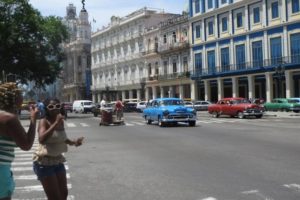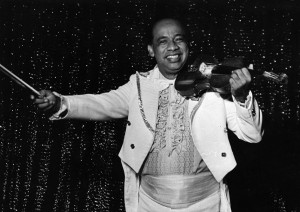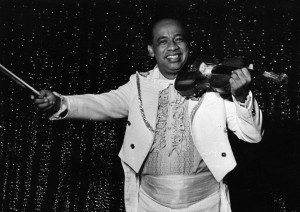The sensational “Engañadora” lyrics
A Prado y Neptuno
Was a chiquita
All men
Did it have to look…
The Cha Cha Cha is a pleasant and rhythmic gender that is sings and dances, descendant of the traditional danzón, and that was created in 1940 by Enrique Jorrín.
He musician used a choir with them voices of them musicians of the Orchestra, because according to said achieved “that is heard with clarity the letter of them themes music and allowed conceal the quality of them voices that actually were musicians, not singers”. The singular name is must to the sound that produce them shoes to the touching the floor in of time of dancing them couples.
Cha Cha Cha won the taste of Cuban and soon put to dance to Latin Americans. Many were the names of this lilting rhythm that occupied the first places in the popular taste.
For example, “the deception”, of Enrique Jorrin, interpreted by the Orchestra America, was born in a lounge of dance that existed in the corner of Prado and Neptune in the Havana; “The winemaker” of Richard Egües, as well as “them Martians,” “the tunnel”, “rich Vacilon” and many more.
Other orchestras were able to universalize the chachachá like “The Aragon”, “Fajardo and his stars”, “Sensation” and in New York “Tito” Puente, Ray Cohen, fell in love with this very Cuban rhythm.
Agencies/encyclopedia/Juan B. Rodriguez / Internet Photos/Arnoldo Varona/TheCubanHistory.com
THE CUBAN HISTORY, HOLLYWOOD.
EL CHA CHA CHÁ, UN GÉNERO RÍTMICO NO OLVIDADO.
LETRA DE LA SENSACIONAL “ENGAÑADORA”
A Prado y Neptuno
Iba una chiquita
Que todos los hombres
La tenían que mirar…
El Cha Cha Chá es un agradable y rítmico género que se canta y baila, descendiente del tradicional danzón, y que fue creado en 1940 por Enrique Jorrín.
El músico utilizó un coro con las voces de los músicos de la orquesta, porque según dijo lograba “que se oyera con claridad la letra de los temas musicales y permitía disimular la calidad de las voces que en realidad eran músicos, no cantantes”. El singular nombre se debe al sonido que producen los zapatos al rozar el piso en de momento de bailar las parejas.
El chachachá se impuso en el gusto de los cubanos y pronto puso a bailar a los latinoamericanos. Muchos fueron los nombres de este cadencioso ritmo que ocuparon los primeros lugares en el gusto popular.
Por ejemplo, “ La Engañadora” , de Enrique Jorrín, interpretada por la orquesta América, nació en un salón de baile que existía en la esquina de Prado y Neptuno en La Habana; “El Bodeguero” de Richard Egües, así como “Los Marcianos,” “El Tunel”, “Rico Vacilon” y muchos más.
Otras orquestas lograron universalizar el chachachá como “La Aragón”, “Fajardo y sus Estrellas”, “Sensación” y en New York “Tito” Puente, Ray Cohen, se enamoraron también de este cubanísimo ritmo.
Agencies/Enciclopedia/Juan B. Rodríguez/ Internet Photos/Arnoldo Varona/TheCubanHistory.com
THE CUBAN HISTORY, HOLLYWOOD.







